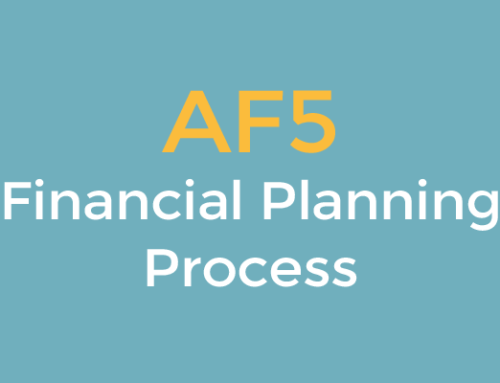You might recall I wrote to the CII about the AF5 exam.
At ease. All is well in CII land.
It was indeed a ‘Dear John..’
”Dear John,
Thank you for your comments confirming the relevance of the examination for chartered financial planners. Regarding your enquiry concerning what has changed in the way that AF5 is examined.
Generally, the examination has followed a similar approach to the way tasks have been tested for many years, with some refinement based on candidate performance over time. Having looked at the October examination, it does not appear widely different to past examinations. The October examination tests key aspects of the financial planning process as applied to the client scenario and meets the requirements of the specification.
The AF5 examination is based on tasks that broadly follow the financial planning process relevant to the clients’ needs. This is a Level 6 Advanced Diploma examination testing aspects applied to the client scenario and also technical knowledge gained from undertaking other examinations. Signposts are given in the fact find to areas which may be tested and the degree to which these signposts are used can vary throughout the exam paper, but all questions in the exam must be linked to the financial objectives which should be identifiable from the fact-find.
The information given in the fact find is shown to both enable questions to be asked regarding objectives, shortfalls, gaps in financial planning areas, inconsistencies etc. and also to show areas where they already meet areas of financial planning. For example, in the October examination they are already using their £3,000 annual IHT exemption, they have existing mirror wills in place, they have private medical insurance in place etc.
Past exam guides will provide guidance on the type of questions that are likely to be asked but tasks will vary between exams depending on the clients circumstances.
Questions may be asked in different ways as long as they follow the financial planning process. For example, question 7a asked candidates to ‘detail and justify’ why placing £150,000 from their existing portfolio of OEICS, unit trusts and investment trusts into a discretionary trust may be suitable. A different question could have been written about a discounted gift trust or a loan trust as these could have been used instead as using a discretionary trust is not the only suitable solution. However, we can only ask a certain number of questions and we try to avoid very general questions where different types of investments can be used to answer one question as this can be difficult for candidates to go into sufficient detail and they will often be too general in their answers. Selecting one investment or type of trust and asking candidates to ‘detail and justify’ helps them go into specific details about the question asked. This does not mean that future exams will not ask candidates to come up with a recommendation for a particular financial need.
I hope that this has helped to clarify the position, but if you have any further feedback that you would like us to take into consideration for future exams please do not hesitate to contact me.”
No need to be concerned then.
It’s all under control.
It’ll be interesting to see what Friday’s case study brings, but I suspect that the exam will revert back to the structure well-recognised from previous years.
Meantime, if you are getting prepared and sitting the exam on 15th April, our first video analysis will be ready from next Sunday evening.
Our case study analysis will be ready for Thursday 2 April and can be found here:




